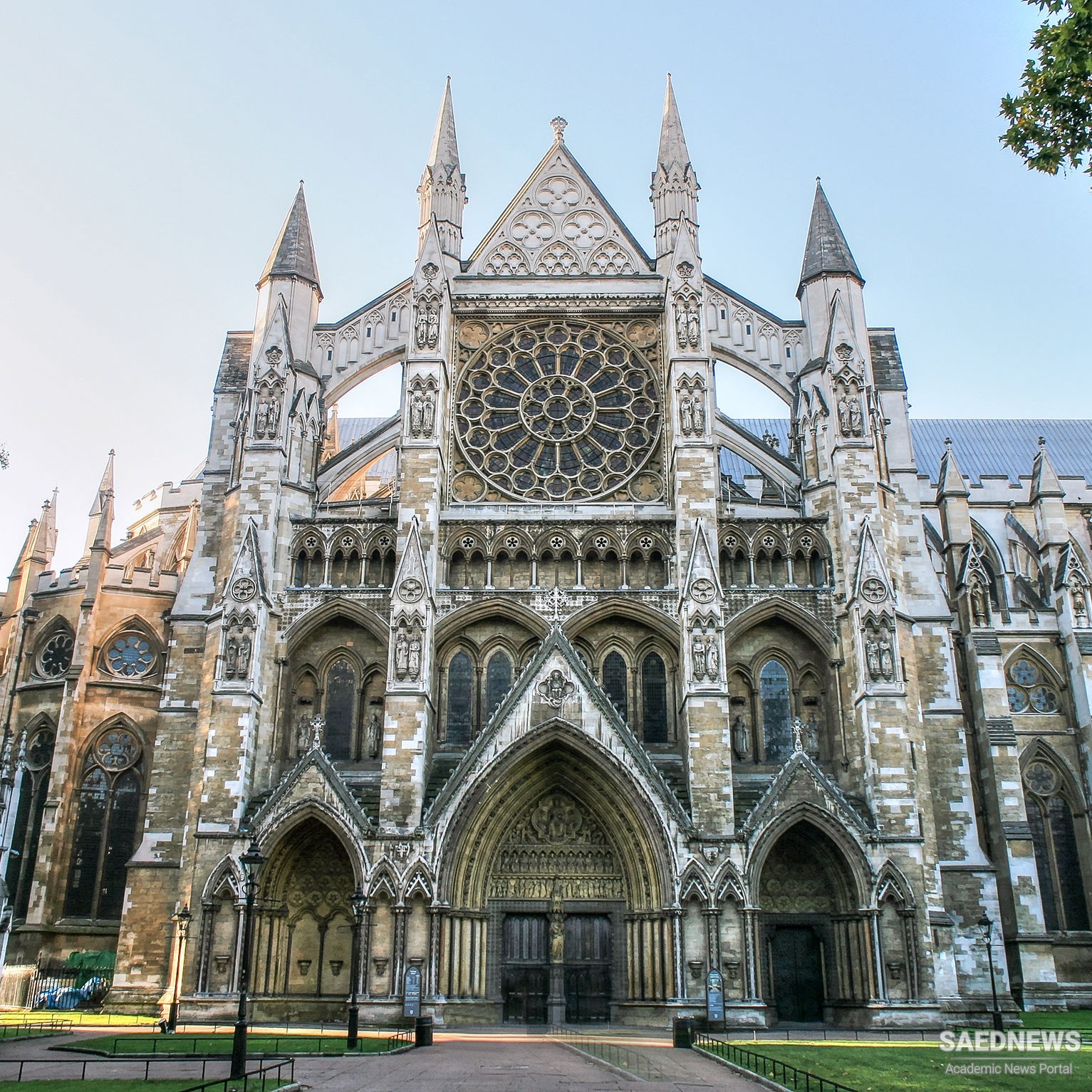Now, images of ‘‘the sacred’’ shifted from Genesis to the Book of Revelation, from the Garden of Eden to the New Jerusalem. In the urban cathedral, heaven was not only invoked symbolically but also, as it were, brought down from heaven in the spirit of the Book of Revelation, Chapter 21. To enter the cathedral was to be transported into heaven on earth by the vastness of the space, by the progressive dematerialization of walls with a sea of glass and a flood of light, and by the increasingly elaborate liturgies in which, sacramentally, the living Church was united with the whole court of heaven. For Abbot Suger of St Denis in Paris, one of the greatest patrons of early Gothic, the church building had to be more impressive than other city buildings. The treasures should evoke the splendor of heaven and the priests, like the blessed in heaven, would dress in silks and gold.
The art of the cathedrals acted as a microcosm of the cosmos and sought to evoke and invoke a peaceable oneness between Creator and creation. This was a utopian space in which an idealized harmony, to be realized only in heaven, was anticipated in the here and now. But it was idealized. As Georges Duby, the distinguished French medievalist, reminds us, ‘‘Yet it would be a mistake to assume that the thirteenth century wore the beaming face of the crowned Virgin or the smiling angels. The times were hard, tense, and very wild, and it is important that we recognise all that was tumultuous and rending about them.’’ The social symbolism of cathedrals was thus also ambiguous. While cathedrals symbolized a Christian vision of human–divine unity they also solidified the divisions of the social order. The gothic cathedrals of the Middle Ages sanctioned the new urban wealth from which they derived. They also proclaimed in their design and layout the realities of episcopal power and religious orthodoxy.
Yet, at best, the cathedral promoted more than a two-dimensional, static, urban ‘‘map.’’ It portrayed a third and a fourth dimension – movement through space on both vertical and horizontal planes and human transformation through time. Cathedrals were repositories for the cumulative memory and constantly renewed aspirations of the community. Even today, to enter such a building is to engage with centuries of human pain, achievements, hopes, and ideals. The American philosopher Arnold Berleant suggests that the cathedral acted as a guide to an ‘‘urban ecology’’ that contrasts with the monotony of the modern city ‘‘thus helping transform it from a place where one’s humanity is constantly threatened into a place where it is continually achieved and enlarged.’’ Such an urban ‘‘center’’ offered communion with something deeper than the need for ordered public life. Cathedrals deliberately spoke of ‘‘the condition of the world.’’


 The Gregorian Reform
The Gregorian Reform














































